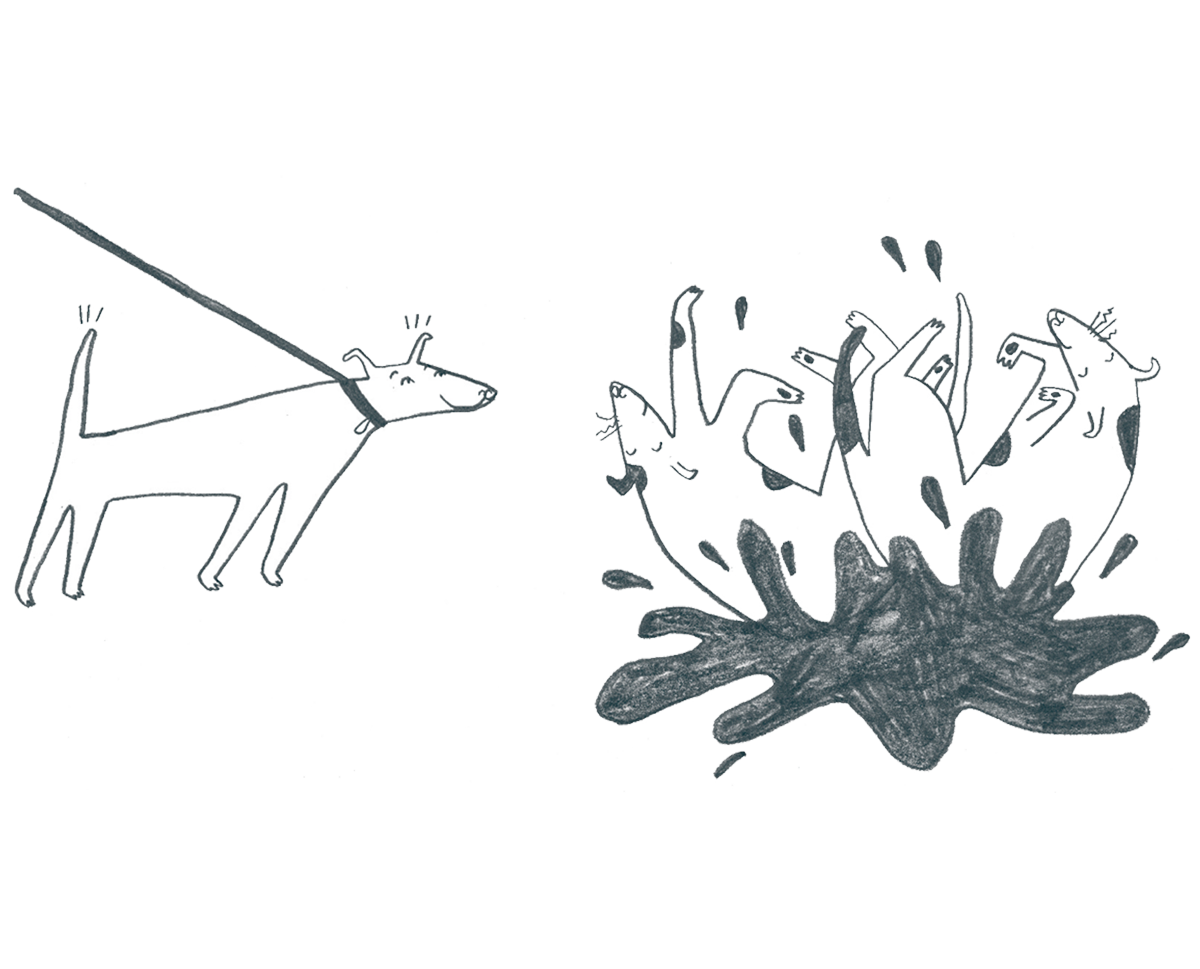Sandy caught up with Kristin Andersson, Agile coach at LIC to learn how Self-selection has enabled their people to become high performing teams.
LIC is an agri-tech co-operative that empowers farmers through the delivery of superior genetics and technology. They needed to redesign their existing teams and Self-selection was their chosen approach.
Self-selection is a way of letting people choose which team to work in. It is a facilitated process of letting people self-organise into small, cross-functional teams. It is the fastest and most efficient way to form stable teams and is based on a belief that people are at their happiest and most productive if they can choose what they work on and who they work with.
Why did you do Self-Selection? What problem were you trying to solve?
We had 25 people working in three agile teams already but after some staff changes the teams became unbalanced. One team was much bigger than the others and another team didn’t have any test skills etc. So we wanted to:
- Solve the unbalance
- Practice self-selection with a view to do it at a regular cadence
It was great that we could use self-selection to solve a real problem but what I really wanted to do was implement this method so that we can use it in the future. There are some exciting changes coming up when it comes to products and I want us to be ready for it.
What attracted you to Self-Selection?
It really makes sense, it speaks to people’s need of self-direction and to be trusted. It is an important step towards self-organising teams. It also gives the organisation an opportunity to practice servant leadership by trusting and supporting.
I also have to mention that big part of it was that it was very well explained in your and David’s book “Creating Great Teams”. So it was relatively easy to do it.
What were your hopes/worries?
We hoped people would see the strength in choosing for themselves and owning that choice. Our hope was that it would be a start of personal growth and ownership of learning, development and results.
We worried that everyone would just choose the same teams as before, and that there would be no constructive discussions.
Did everyone just go “Yay, this is cool!” Or did you have to convince people?
It required a few information sessions and Q & A. The Scrum Masters were sold from the get go but the others had to be coaxed a bit. I put it down to never having heard about self-selection before. So, the notion of getting to choose for themselves was a bit intimidating at first, “What happens if we don’t agree?”.
What was the most persuasive argument?
- That the other option is management selection. I got the feeling that people didn’t get at first that there really only are two options. You either choose yourself or someone chooses for you – active or passive.
- We also drew the current three teams with people’s names and showed them the unbalance. That really was the thing that pushed them over the line. It is hard to argue when you can see the unbalance yourself. Visualisation and data is magic.
What constraints did you place on teams and the people involved?
We did as recommended in your book and chose to keep things simple with only three constraints:
- Co-location
- 7 +_ 2
- Deliver end to end
We also did the squad blueprint where we intentionally put tech lead as a skill and talked about a well-balanced team having both seniors and juniors – but then we left it up to people to do what they saw fit.
Was anything pre-selected?
We had pre-selected Product Owners and Scrum Masters.
What did you learn?
Trust people, give them a safe arena and they can do anything. I find that the “safe arena” is really important, especially in an organisation transitioning to agile.
What was cool? What was not so cool?
Cool: People basically had everything sorted within the first (!) 10 minute round, but then we did a second round to carry on the discussion about technical leadership. But nothing changed. Also, almost everyone thought it was a good experience and people are not afraid to do it again.
Not so cool: Some managers couldn’t stay away and kept poking their heads in so we had to kick them out. Also, we couldn’t have proper team missions and instead the Product Owners/Scrum Masters pitched the upcoming work for the team. We plan on having proper missions though for next time, when the new exciting product comes.
What has happened since?
The teams are all go, working beautifully, feeling empowered. We are having conversations about when to do the next self-selection and how to improve it. We’re not sure exactly when but we will definitely have self-selections on a more regular basis.
Learn more about self-selection here:
- Book (English): Creating Great Teams – How Self-Selection Lets People Excel
- Book (German): Gemeinsam großartige Teams schaffen: Agile Self-Selection-Prozesse erfolgreich durchführen
- Self-Selection Pocket Guide: A facilitation guide & checklists
- Article: Total squadification, large scale self-selection
- Article: Five questions about Self-Selection
- Article: Every day should be Fedex day
